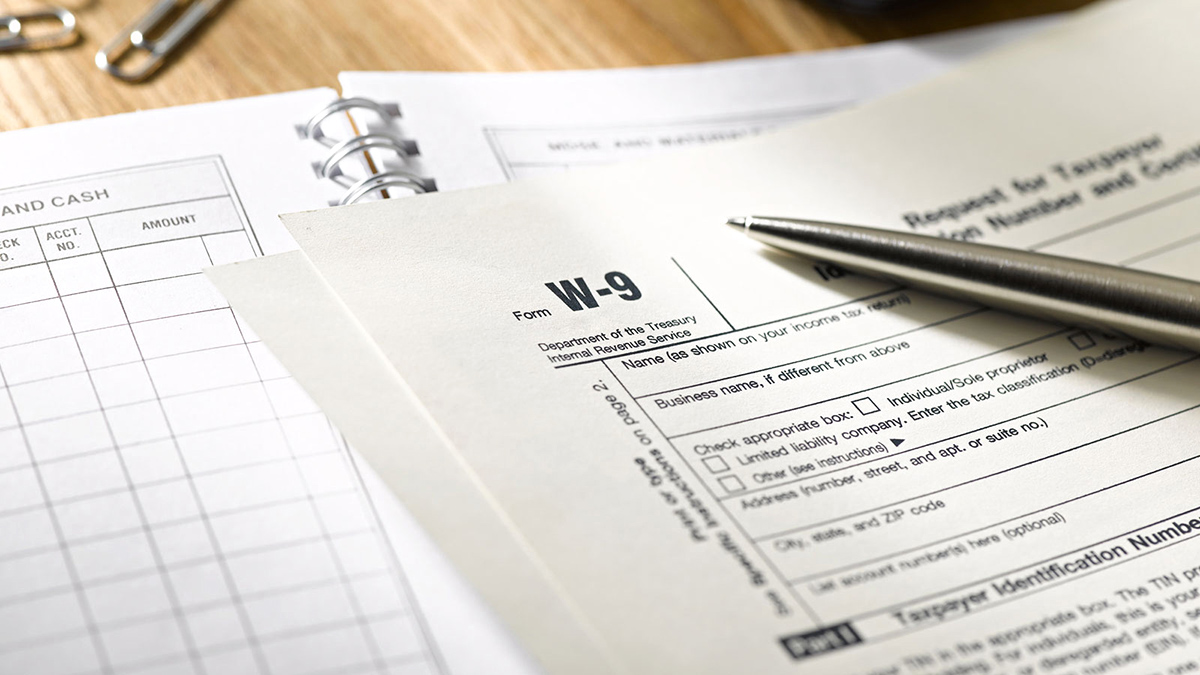Home>Finance>What Is The Rule Of 70? Definition, Example And Calculation


Finance
What Is The Rule Of 70? Definition, Example And Calculation
Published: January 22, 2024
Discover the definition, example, and calculation of the Rule of 70 in finance. Understand how this concept can help you predict future growth and investment returns.
(Many of the links in this article redirect to a specific reviewed product. Your purchase of these products through affiliate links helps to generate commission for LiveWell, at no extra cost. Learn more)
Understanding the Rule of 70: Definition, Example, and Calculation
When it comes to the world of finance, there are numerous formulas and concepts that play a crucial role in decision-making. One such concept is the Rule of 70, which is a handy tool for estimating the amount of time it takes for an investment to double based on its growth rate. In this blog post, we will explore the definition, example, and calculation of the Rule of 70, shedding light on its relevance in finance.
Key Takeaways:
- The Rule of 70 is a mathematical formula used to estimate the time it takes for an investment to double based on its compound annual growth rate (CAGR).
- The Rule of 70 can be applied to a wide range of financial scenarios, including investments, population growth, and economic indicators.
What is the Rule of 70?
The Rule of 70 is a simplified way to calculate the doubling time of an investment. It is used to estimate how long it will take for an investment to double in value based on its compound annual growth rate (CAGR). The Rule of 70 assumes exponential growth, meaning that the investment’s growth rate remains constant over time.
By using the Rule of 70, investors can quickly assess the potential growth and profitability of an investment, enabling them to make informed decisions.
How to Apply the Rule of 70?
Applying the Rule of 70 is relatively straightforward. The formula is as follows:
Doubling Time (in years) = 70 / Compound Annual Growth Rate (CAGR)
Let’s break this down with an example:
Suppose you have an investment with a compound annual growth rate of 7%. By applying the Rule of 70 formula, you can calculate:
Doubling Time (in years) = 70 / 7 = 10
In this example, the investment is expected to double in approximately 10 years.
Benefits and Limitations of the Rule of 70
The Rule of 70 offers a quick and easy way to estimate the doubling time of an investment. Its simplicity makes it a useful tool for making rough calculations and conducting initial assessments. Additionally, it can be applied to various financial scenarios, including population growth and economic indicators.
However, it is important to note that the Rule of 70 assumes constant growth rate, which may not always be accurate in the real world. Economic fluctuations, market forces, and other external factors can impact the actual growth rate of an investment.
In Conclusion
The Rule of 70 is a valuable tool in finance that allows investors to estimate the doubling time of an investment based on its compound annual growth rate. By understanding and applying this rule, investors can gain insights into the potential growth and profitability of their investments. However, it’s important to remember that the Rule of 70 is a simplified approximation and should be used in conjunction with other financial analysis tools for a comprehensive evaluation.
So, the next time you encounter a financial scenario where you need to estimate doubling time, remember the Rule of 70, a handy tool that can provide you with a quick estimate based on compound annual growth rates.














